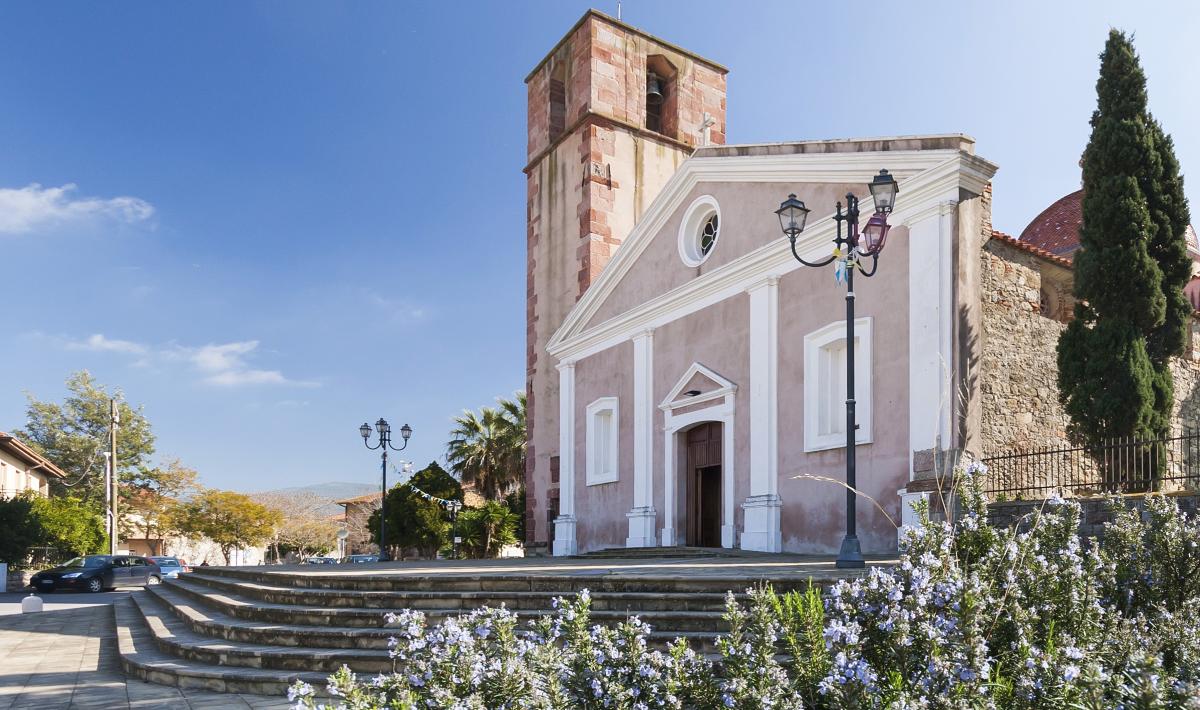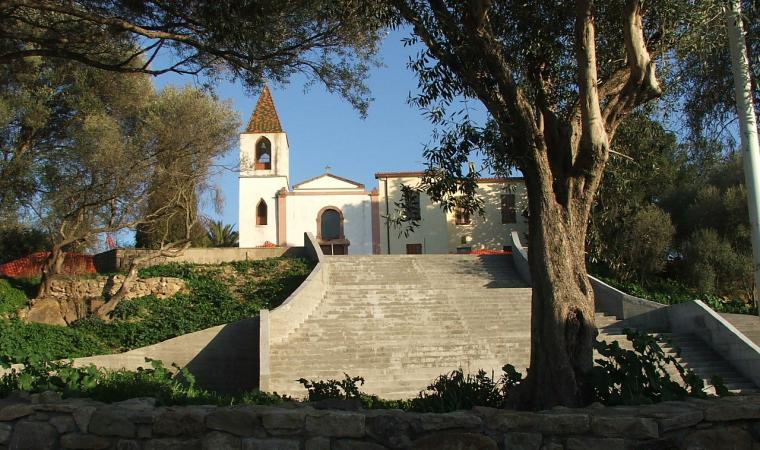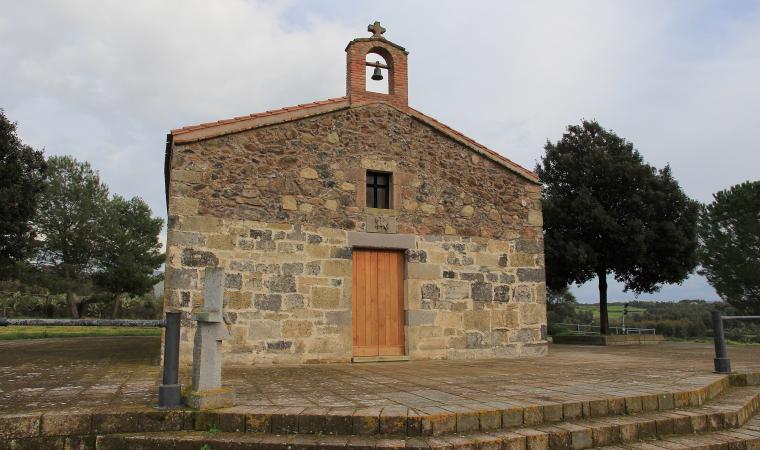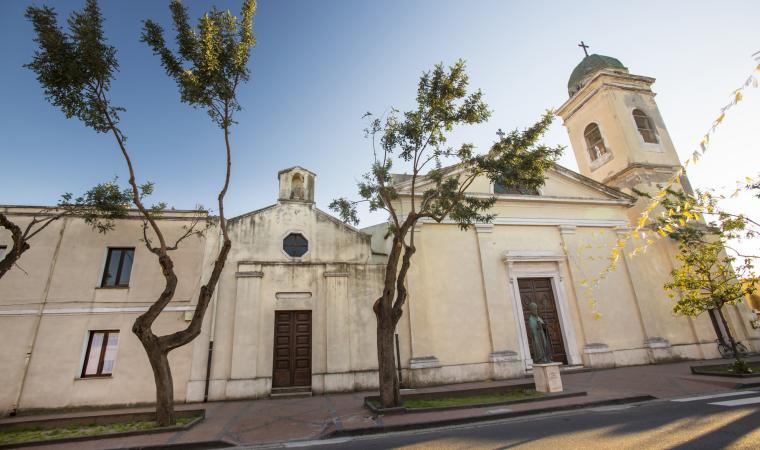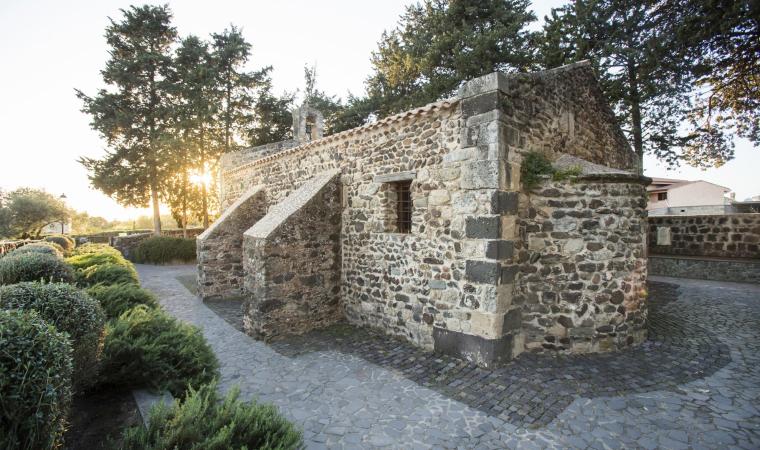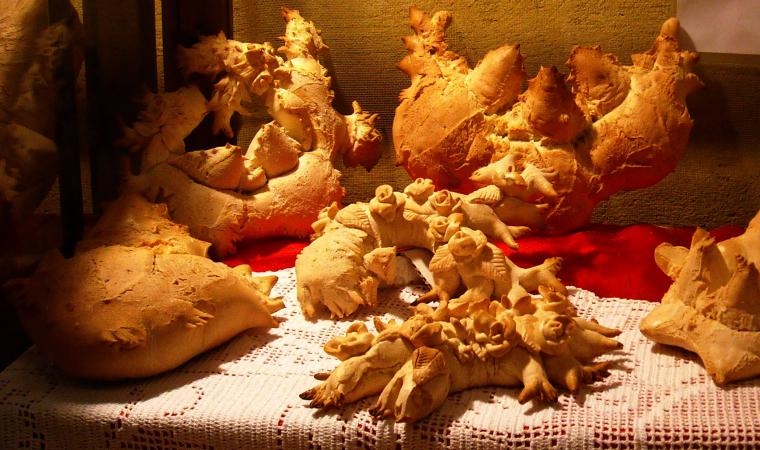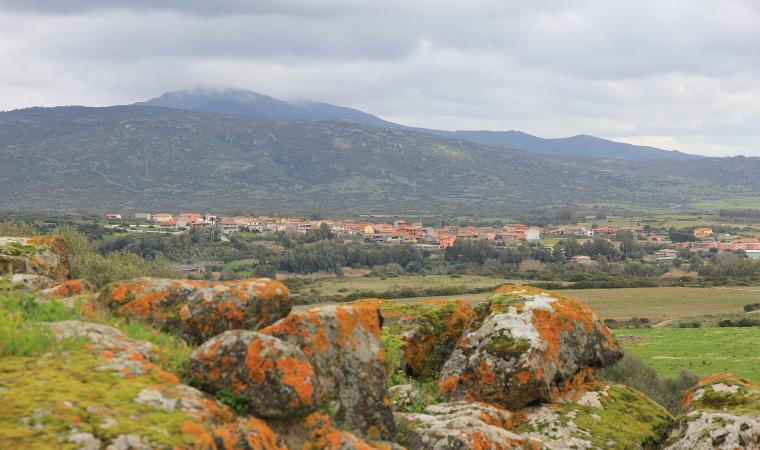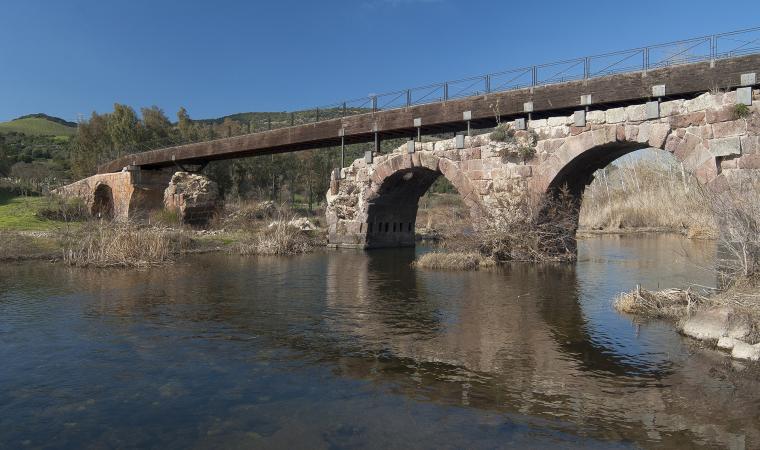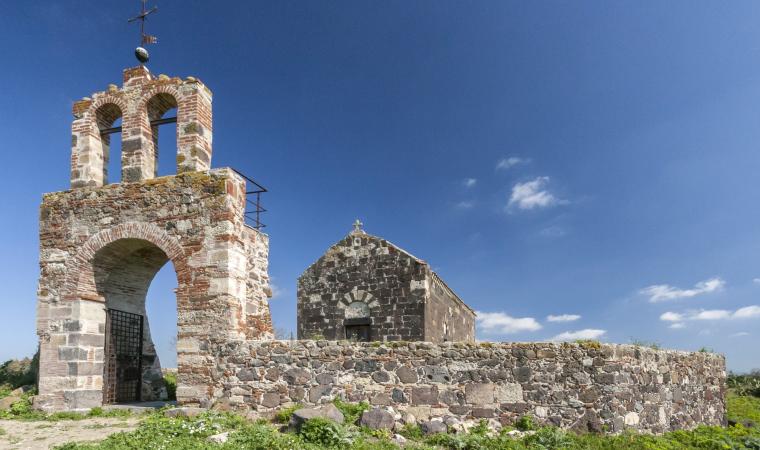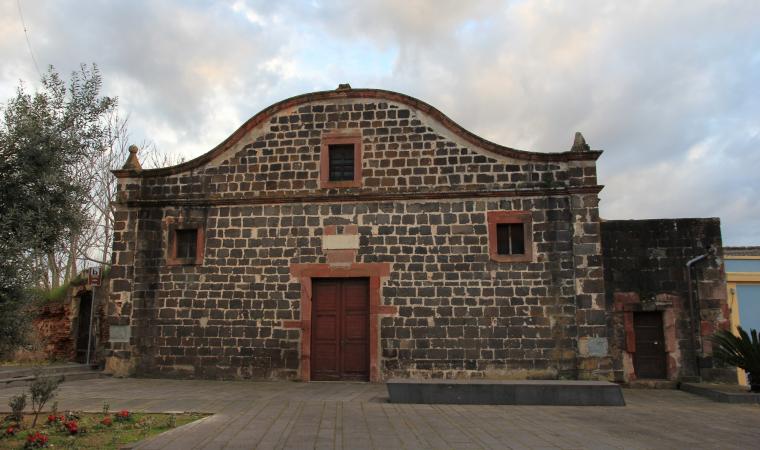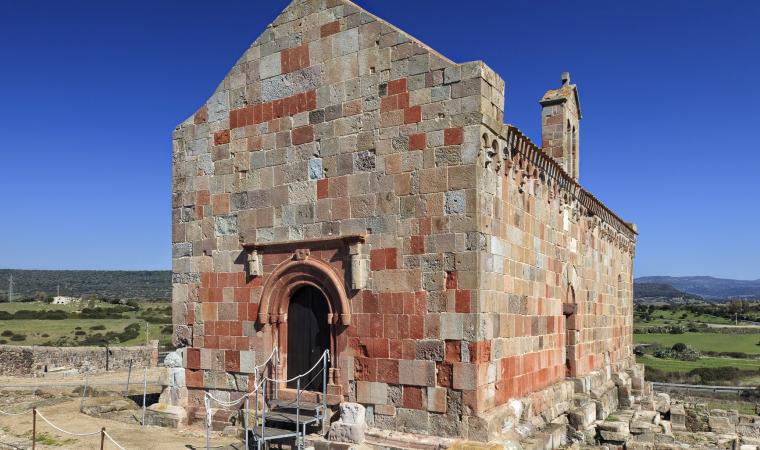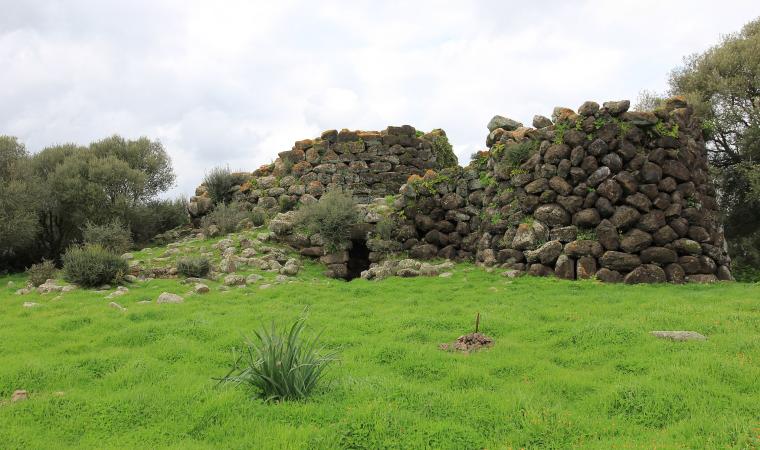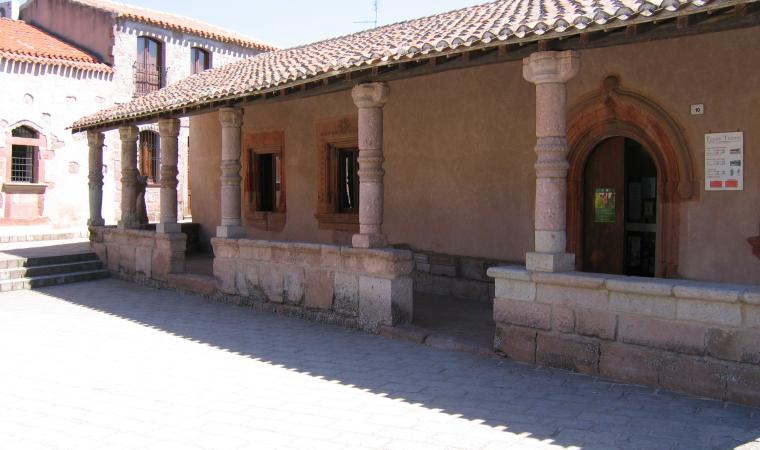It was founded in the Roman Era in the upper section of the modern town, in Funtana e Susu, along the road from Usellus to Forum Traiani (Fordongianus), which is marked as Is Romanaius to this day. Siamanna is a small town of about 800 inhabitants, 15 kilometres from Oristano. It sits at the foot of Mount Grighine, which gave its name to the territory extending from the northern borders of Campidano and the historical territories of Barigadu and Upper Marmilla. The town’s name derives from s’ia, meaning ‘the road’, in reference to the Roman road. It was combined with the adjective manna (big), to differentiate it from the nearby, smaller town of Siapiccia, meaning ‘small road’. The two towns were part of the same municipality from 1947 to 1975.
Its well-maintained historic centre has characteristic rural Campidanese structure: low houses with large courtyards and narrow roads.

